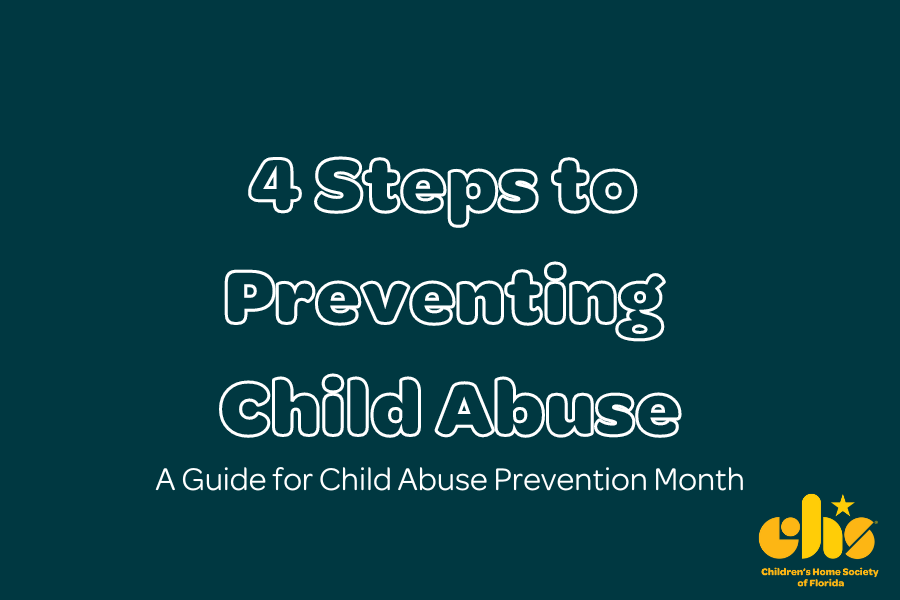April is Child Abuse Prevention Month, a time to raise awareness about child abuse and neglect, and to educate communities and families about how to prevent it. Child abuse is a serious problem that affects millions of children every year. According to the CDC, one in seven children in the United States experiences child abuse or neglect. This statistic highlights the urgency to take preventive measures. In this blog, we will discuss how to prevent child abuse.
Know the signs of child abuse
The first step in preventing child abuse is to know the signs. Child abuse can take many forms, including physical abuse, sexual abuse, emotional abuse, and neglect. It is important to be aware of the signs of each type of abuse so that you can recognize when a child is being abused.
Some signs of physical abuse include bruises, cuts, burns, and broken bones. Signs of sexual abuse may include unexplained bleeding, pain or itching in the genital area, and difficulty walking or sitting. Emotional abuse can be more difficult to recognize, but signs may include withdrawal, anxiety, depression, and a lack of self-esteem. Neglect can be evidenced by inadequate clothing, poor hygiene, and constant hunger.
Create a safe environment
Creating a safe environment is critical to preventing child abuse. This includes making sure that children are in safe and secure locations and that they have access to adults who they can trust. It also means providing a safe and nurturing home environment, free from violence and abuse.
Parents and caregivers can take steps to create a safe environment by setting boundaries and establishing rules that are age-appropriate. They should also be vigilant in monitoring their child’s activities and interactions with others. Finally, they should ensure that their children are aware of what to do in case of an emergency and whom they can turn to for help.
Educate yourself and others
Education is key to preventing child abuse. Parents and caregivers should educate themselves about child abuse and neglect, including how to recognize the signs, how to report it, and what resources are available for victims and families. They should also educate their children about body safety and how to recognize and report abuse.
It is also important to educate others, including family members, friends, and community members, about child abuse and how to prevent it. This can be done through workshops, seminars, and other educational events. By raising awareness and educating others, we can work together to prevent child abuse.
Report suspected abuse
If you suspect that a child is being abused or neglected, it is important to report it. Reporting suspected abuse is not only the right thing to do, but it is also required by law. You can report suspected abuse to your local child protective services agency or to law enforcement.
It is important to remember that reporting suspected abuse does not mean that you are accusing someone of abuse. Rather, it is an opportunity to provide help and support to a child who may be in danger. By reporting suspected abuse, you can help prevent further harm to the child and provide them with the support they need to heal and recover.
In conclusion, preventing child abuse requires a community-wide effort. By knowing the signs of child abuse, creating a safe environment, educating yourself and others, and reporting suspected abuse, we can work together to protect our children and ensure their well-being. As we observe Child Abuse Prevention Month, let us commit ourselves to this important work and help make our communities safer for children.









